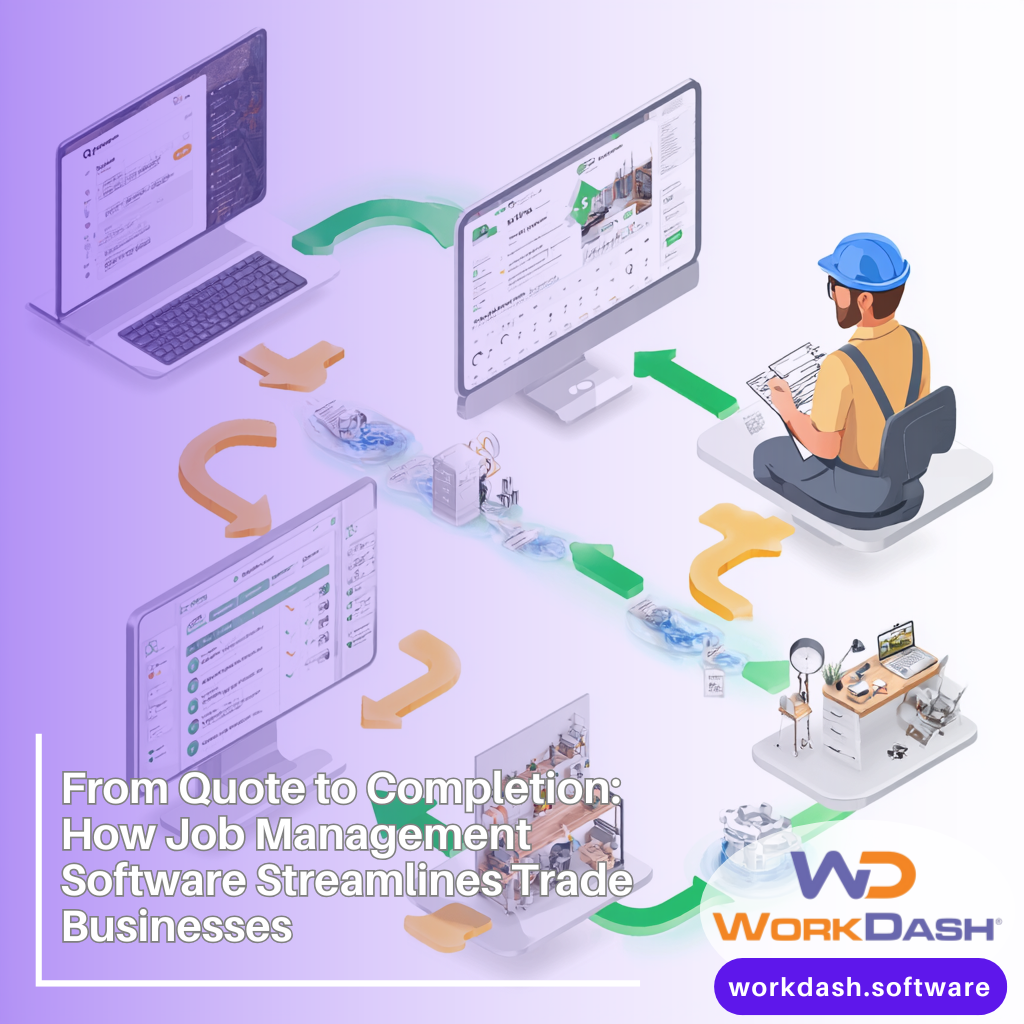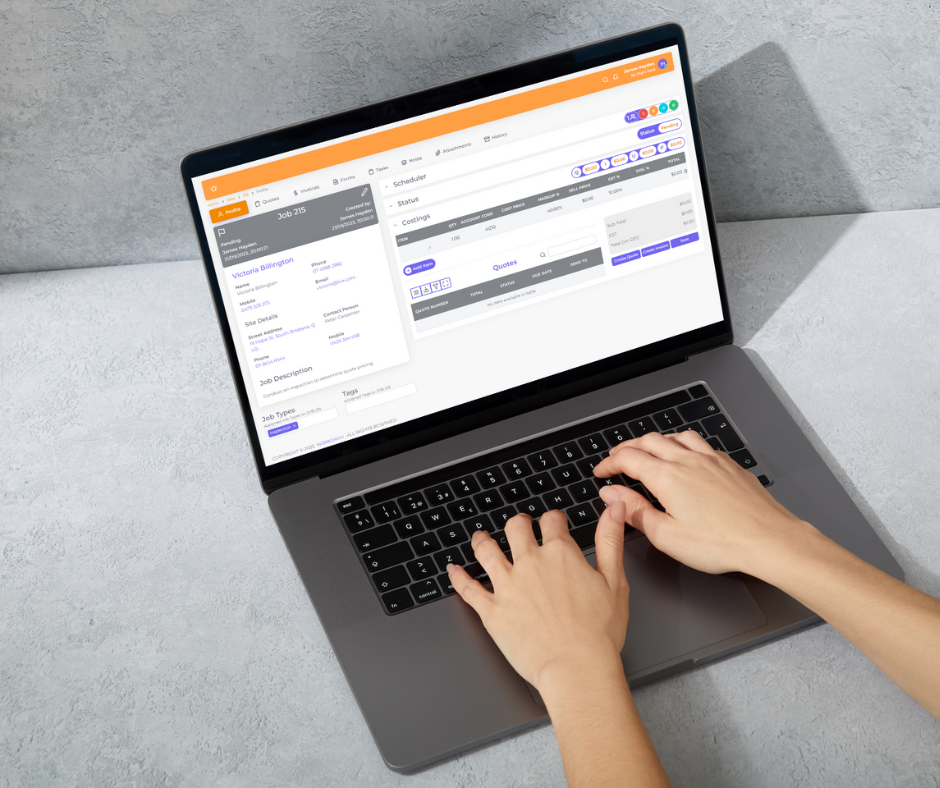Table of Contents
Financial forecasting helps small business owners anticipate future financial conditions and make informed decisions. By predicting revenues, expenses, and cash flow, small businesses can navigate uncertainties, plan for growth, and ensure long-term sustainability.
In this article, we’ll explore why financial forecasting is critical for small business success and how it can help you take control of your business’s financial future.
What is Financial Forecasting?
Financial forecasting is the process of estimating future financial outcomes based on historical data, market trends, and other economic indicators. It can be done for different time frames—short-term (monthly or quarterly), medium-term (1-2 years), or long-term (3-5 years or more). For small businesses, financial forecasts are essential in guiding business strategy and ensuring they remain financially sound in both stable and challenging times. Whether you’re forecasting sales, profits, or cash flow, this predictive tool helps you plan ahead with greater confidence.
The Importance of Financial Forecasting for Small Businesses
Here are some reasons why financial forecasting is important to small businesses:
Helps with Cash Flow Management
For small businesses, managing cash flow can be the difference between staying afloat and going under. Financial forecasting allows you to anticipate cash inflows and outflows, making it easier to maintain liquidity and prevent any cash shortages. It ensures you always have enough cash to cover your operating costs, especially during slow periods. Proper cash flow forecasting helps business owners avoid the scramble for emergency funding and ensures smooth day-to-day operations.
Supports Strategic Decision Making
Having a clear financial forecast enables small business owners to make strategic decisions based on data, not guesswork. Whether you’re thinking about expanding your business, hiring new staff, or purchasing new equipment, your forecast will provide insight into the financial implications of these decisions. With this information in hand, you can be more confident about your next steps, knowing you’re planning with a solid financial foundation.
Prepares for Uncertainty
The business landscape is often unpredictable, and small businesses are particularly vulnerable to external factors like economic downturns, industry disruptions, or changing consumer behaviours. Financial forecasting helps you prepare for uncertainty by building in contingency plans for best and worst-case scenarios. By anticipating potential financial challenges, you’ll be better positioned to respond quickly and effectively when things don’t go according to plan.
Enhances Budgeting and Planning
With a solid financial forecast, you can set realistic budgets and allocate resources more efficiently. Instead of relying on gut feelings or last year’s numbers, you can plan based on concrete data and projections. This means you can fine-tune your budgeting process, ensuring you’re investing in areas that will yield the best returns while cutting back on unnecessary expenses. Improved budgeting leads to better financial health overall, which is key to your business’s long-term success.
How Financial Forecasting Impacts Business Growth
Sets Clear Financial Goals
Setting clear, achievable financial goals is crucial for growth. Forecasting provides a roadmap that helps you define targets for revenue, profit, and expenses. When your business has clear financial goals, it becomes easier to track progress and make necessary adjustments along the way. This approach ensures that every decision you make is aligned with achieving these goals, driving better performance and ensuring growth over time.
Aids in Securing Financing
Whether you’re seeking a loan or attracting investors, having an accurate financial forecast is essential. Lenders and investors want to see that your business has a solid plan for generating revenue and managing expenses. A detailed forecast demonstrates that you understand your market and have a strategy for future success. In fact, many banks and investors won’t consider a loan or investment without seeing a financial projection first, so having a well-prepared forecast can open doors to funding opportunities.
Facilitates Better Inventory and Resource Management
If your business deals with inventory or relies on managing resources effectively, financial forecasting can help you avoid common pitfalls like overstocking or running out of stock. By aligning your forecast with predicted demand, you can make more informed decisions about inventory levels, supply orders, and resource allocation. This reduces waste, improves cash flow, and ensures you’re always prepared to meet customer needs without overcommitting your resources.
Key Components of Financial Forecasting for Small Businesses
Understanding the key components of financial forecasting is essential for small businesses looking to stay ahead and make informed decisions. Let’s dive into the must-know elements that drive effective financial forecasting:
Sales Forecasting
Sales forecasting is one of the most crucial components of financial forecasting. It involves predicting future sales based on historical data, market trends, and other variables like seasonality or promotional activities. Accurate sales forecasts allow businesses to manage production schedules, control inventory, and prepare for busy periods, all while maintaining a healthy cash flow.
Expense Forecasting
Understanding your expenses is just as important as knowing your income. Expense forecasting involves predicting both fixed and variable costs over a certain period. Fixed expenses include rent, utilities, and salaries, while variable expenses might include materials, shipping costs, or advertising spend. Accurately forecasting your expenses allows you to prepare for upcoming costs, avoid overspending, and keep your profit margins in check.
Profit and Loss Forecasting
Profit and loss (P&L) forecasting helps you estimate the profitability of your business over time. It involves projecting both revenues and expenses to see how they’ll impact your bottom line. P&L forecasting is critical for measuring financial health and ensuring your business is on a sustainable path. With regular forecasting, you’ll be able to adjust pricing strategies, control costs, and make informed decisions about where to invest.
Cash Flow Forecasting
Cash flow forecasting is about predicting the flow of money in and out of your business. It gives you a clear picture of your business’s liquidity and helps you plan for periods when cash flow might be tight. Whether you’re preparing for a seasonal downturn or looking to expand, cash flow forecasting is essential for maintaining financial stability and ensuring you can meet your obligations.
Steps to Create an Effective Financial Forecast
Creating a financial forecast starts with gathering historical data and industry trends. If you’re a new business, using industry benchmarks can help. Next, decide on a forecasting model—whether it’s top-down (starting with big-picture market data) or bottom-up (based on specific costs and sales expectations). It’s also important to regularly update your forecast to account for changes in the business environment. Many small businesses find that using financial software or working with an accountant ensures more accurate and reliable forecasts.
Challenges in Financial Forecasting for Small Businesses
While financial forecasting is essential, it’s not without its challenges. Small businesses often face uncertainties in the market or customer demand, making predictions difficult. New businesses, in particular, may not have enough historical data to create accurate forecasts. On top of this, unforeseen events like economic downturns, supply chain disruptions, or global crises can throw even the most carefully prepared forecasts off course. However, these challenges can be mitigated with careful planning, regular updates, and the right tools.
Best Practices for Financial Forecasting Success
Stay Realistic with Projections
One of the biggest mistakes small business owners make is being overly optimistic with their forecasts. While it’s good to be ambitious, it’s crucial to keep your projections grounded in reality. Use historical data and industry benchmarks to inform your assumptions, and be conservative in your estimates to avoid disappointment down the line.
Incorporate Flexibility
Business conditions can change rapidly, so it’s essential to build flexibility into your financial forecasts. By preparing for different scenarios—such as best-case, worst-case, and most likely outcomes—you’ll be better positioned to adapt when things don’t go according to plan. Flexibility in forecasting ensures you can make quick adjustments without derailing your entire financial strategy.
Consistent Monitoring and Updating
Financial forecasting isn’t a one-time task. It requires regular monitoring and updating to ensure it remains accurate and relevant. Make it a habit to compare your forecasts with actual performance, adjust for any variances, and revise your plans as needed. This will ensure you’re always on top of your business’s financial health.
The Role of Technology in Financial Forecasting
Advancements in technology have made financial forecasting easier and more accurate for small businesses. Cloud-based accounting software and forecasting tools allow you to automate much of the process, from data collection to analysis. These tools can generate real-time financial reports, giving you better insights and reducing the risk of human error. Leveraging technology in your financial forecasting can save time, reduce complexity, and improve accuracy.
Conclusion
Financial forecasting plays a critical role in the success of any small business. It helps you manage cash flow, make informed strategic decisions, prepare for uncertainty, and plan for sustainable growth. By integrating financial forecasting into your management practices, you’ll have the tools you need to guide your business towards long-term success, even in the face of challenges. Stay proactive, keep your forecasts up-to-date, and leverage the power of technology to drive your business forward.
Ready to see how WorkDash can transform your business operations?
Schedule a personalised demo today and discover how our all-in-one platform can streamline your workflows, improve efficiency, and drive growth. Let us show you how WorkDash can work for your business!





